Samsung Galaxy S 2 (International) Review - The Best, Redefined
by Brian Klug & Anand Lal Shimpi on September 11, 2011 11:06 AM EST- Posted in
- Smartphones
- Samsung
- Galaxy S II
- Exynos
- Mobile
Inside SGS2
There have been a number of teardowns of the SGS2, and for the most part usually there isn’t a need to open up devices unless the FCC photos don’t suffice. This time around I still have a number of questions about what component choices had been made for the SGS2, so it went under the screwdriver (and emerged unscathed) just so we could get a glimpse at the goods.
SGS2 comes apart easily enough, with a few philips (no Torx bits) screws on the back and then a couple prods with a plastic tool to get the snaps off. Construction in this regard is very similar to the original SGS. After that, you have access to the PCB, backside, and frame.
You can see how SGS2 achieves its thinness by looking at the layout. The PCB doesn’t run underneath the battery - the majority of device thickness is defined by the SAMOLED+ panel plus battery thickness.
In addition, the SGS2 locates the cellular antenna at bottom in a modular speaker plus antenna module that snaps in and out of the plastic backside. The depth of SGS2 at its thickest seems governed by this speaker and its resonating chamber. Off to the other side is the bottom microphone, cellular feed cable, and gold contacts for getting that connected to the silver antenna.
There’s another second antenna to the opposite side of the module, which is for Bluetooth and WiFi.
If we turn our attention to the PCB we can see the rest of SGS2’s interesting bits.
The EMI cans thankfully snap off easily, and underneath we can see right next to the microSD card slot is the Infineon/Intel X-Gold 626 HSPA+ (HSDPA Cat. 14 - 21 Mbps / HSUPA Cat. 7 11.5 Mbps) baseband.
On the opposite side is the Audience 1026 noise cancelation IC, MAX8997 PMIC, and Yamaha YMU823 audio codec.
On the same side further down is the GPS that SGS2 uses, which is a SiRF GSD4T GPS. That particular die is absolutely tiny and difficult to photograph. More on the SGS2 GPS in a moment, however.
The other side of the PCB is much more interesting.
With the cans off, first we get a shot of Exynos 4210 with its PoP memory. This particular part has two mobile LPDDR2 die in the stack. Next to it, a Samsung combo NAND + DRAM part, with 16 GB of NAND and 64 MB of RAM, no doubt for the Infineon baseband.
Moving right is the Infineon Smarti UE2 RF transciever marked 5712, and the large IC below that marked RFMD RF6260 is a quad-band multi mode power amp which is a bit interesting. It works between 1710 and 1980 MHz, and 824–915 MHz, supplanting somewhat the need for individual power amps for each band.
Down on the long and skinny part of the PCB is a large package which I believe probably houses the BCM4330 WLAN module (more on that later), and next to it is a button cell battery, which seems curious.
Now remember that camera part I mentioned earlier? Well, at the top of the board you can see a ZIF slot, a relatively large IC< and then the camera module.
Compare these two, and it seems pretty obvious that this is exactly that same camera module from earlier, and most likely the large IC with Korea written on it is the Fujitsu M5MO ISP which controls it.
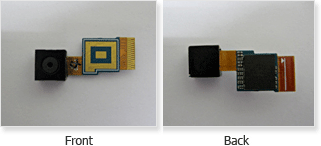
Also up at the very top is another gold connector which meets up with the SGS2’s third antenna, whose purpose is either for WLAN/GPS or another Rx finger for the cellular baseband.
The circular thing with a foam backside is the SGS2’s vibration motor, and other than that there really isn’t much more to talk about. Heat gets carried away from ICs through the EMI cans which double as heatsinks, and on the backside of the plastic back you can see a metal region and small thermal pad.


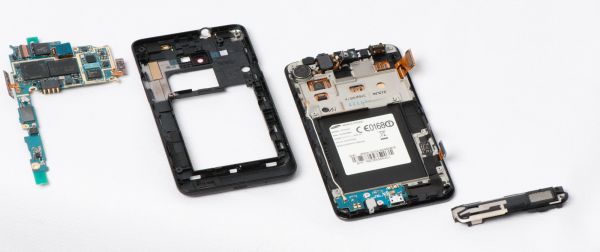
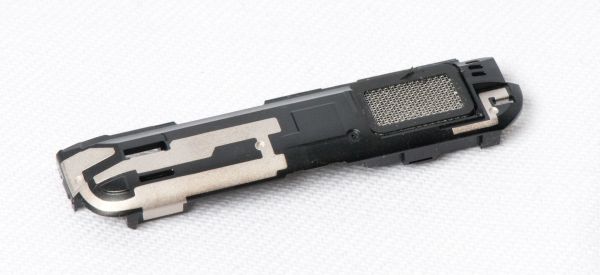
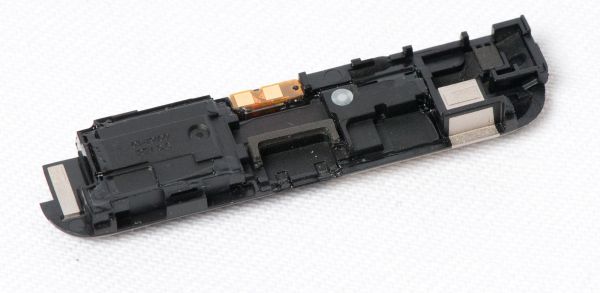

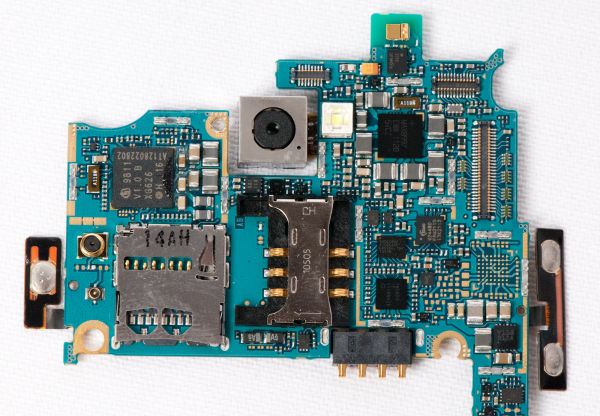
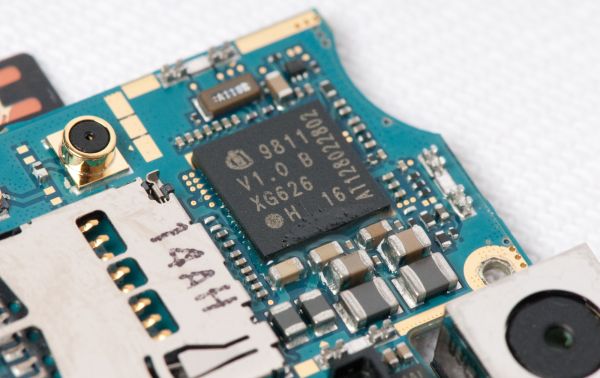
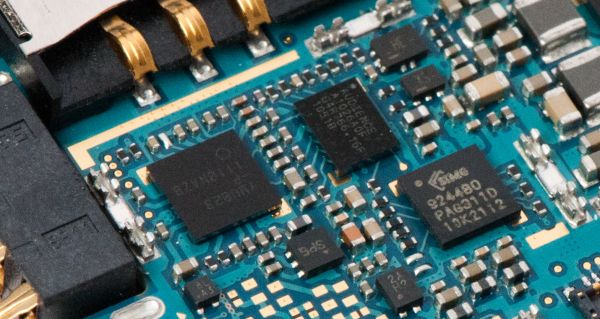
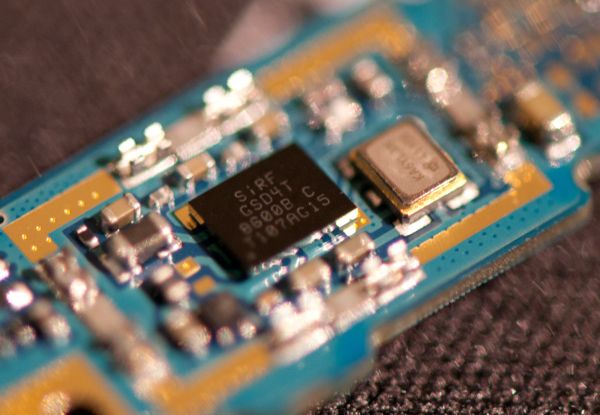
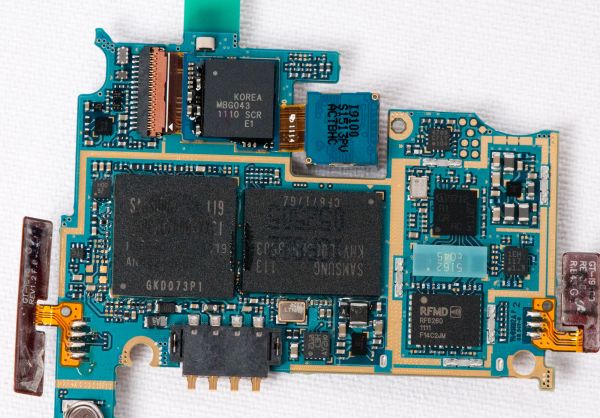
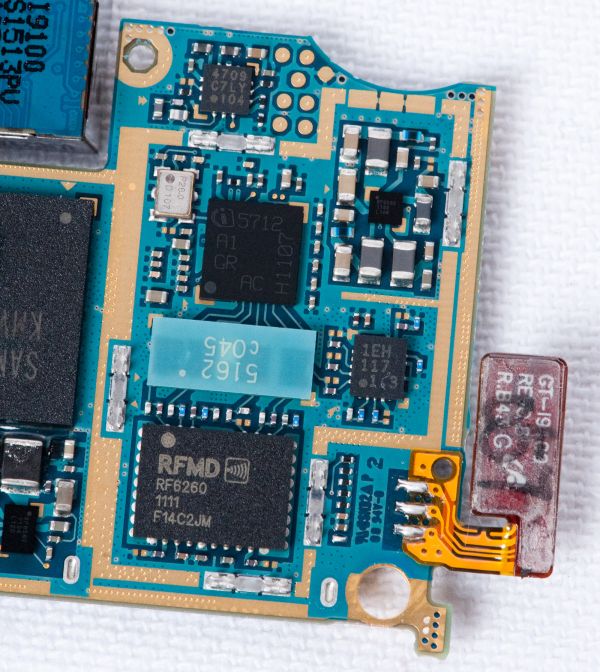
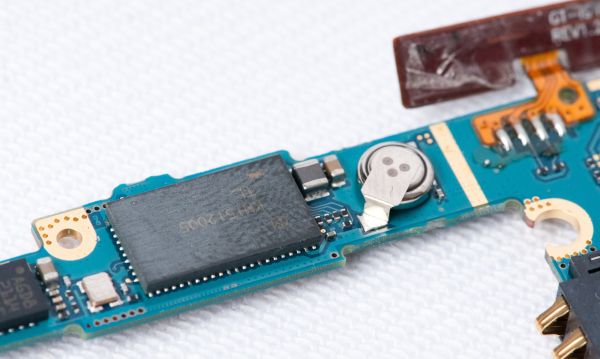

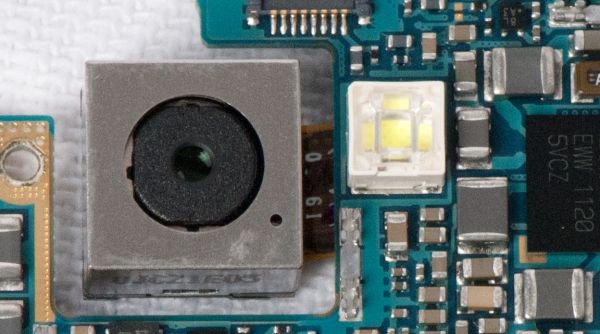















132 Comments
View All Comments
Deann - Friday, October 7, 2011 - link
Maybe I misunderstood, but if you take a look at this swedish website the Samoled + looks much better than the Amoled: http://www.appsandroid.dk/joomla/skaermtest-af-htc...aritai - Saturday, October 8, 2011 - link
You may want to consider counting number of web pages browsed before battery exhaustion and report those as well. Perhaps even calculate a "joules per page viewed" as part of your power metrics. (i.e. it may be that running at max benchmark rate on a more powerful system displays twice as many pages - and that these systems are being penalized for not being as slow as their competitors - where in terms of raw energy usage they would last longer than their slower competitors if asked only to do the same amount of work).Paulman - Thursday, October 20, 2011 - link
I just started reading some comments about upgrading the Galaxy S II to 2.3.5 of Gingerbread, and people are reporting improvements in the sound quality. They were quite surprised! Do you think one of you / Francois can take the time to look into it? Thanks.san3536 - Friday, October 28, 2011 - link
HiI am planning to buy a Samsung Galaxy S2 in US and to use it in India.... is it possible that way to use it in different country ? i would like to know what are specifications to be asked for the same like unlocked & International etc ... does unlocked mean just it can be used on any network only in US or else where or is international version mandatory ? please inform the disadvantages of using the phone in India which is brought in US ...like any of phone functions wont work etc ..
Naengmyun - Monday, November 21, 2011 - link
Me and about a gazillion of my GS2 owners are experiencing problem connecting to our home WiFi networks. Everything, including visitors' laptops, iPads, Android Tablets, smartypwns, netbooks and even the kitchen sink connect seamlessly to my Great Home WiFi Network. But not the GS2! Amazing. Everyone's playing the blame game for now~provider says it's the router, router tech support says it's the phone, Samsung says it's me, phone carrier wants to know if I'd be interested in their latest unlimited plan.Anyone else having trouble with GS2 WiFi connectivity?
Bibm
Ravil - Saturday, November 26, 2011 - link
i bought the samsung galaxy s2 from sri lanka for LKR85,000/= on the 4th of november 2011 with android 2.3.3 and i have some issues with it.1) screen issue
when the phone is on the lowest brightness level the left part of the screen has a yellowish tint and i took it to the sri lankan warranty agents THE PHONE COMPANY four times and they replaced the screen and now its worse now the whole screen has a yellowish tint.
2) signal issue
the signal is unstable signal bars are at 2bars sometimes 3bars sometimes full and when i connect to the in ternet it connects from hsdpa and edge, when i'm not connected to the internet it shows the 3g icon, the above mentioned warranty agents THE PHONE COMPANY replaced the motherboard but i still have the issue.
3) no NFC
i don't have NFC (near field communication)
pls help me with these issues can samsung replace the whole phone and give me a new one?
my email address is ravildealwis7@gmail.com
sgxsingapore1 - Friday, February 3, 2012 - link
Singapore Exchange (SGX) is working with Singapore's first futures brokerage on a professional traders development programme,SGX Singapore : Live News & Updates from SGX Singapore .These were among the most active shares in the market <a href="http://sgxsingapore.com/">SGX Singapore</a>sgxsingapore1 - Friday, February 3, 2012 - link
Singapore Exchange (SGX) is working with Singapore's first futures brokerage on a professional traders development programme,SGX Singapore : Live News & Updates from SGX Singapore .These were among the most active shares in the market SGX Singaporesgxsingapore1 - Friday, February 3, 2012 - link
Singapore Exchange (SGX) is working with Singapore's first futures brokerage on a professional traders development programme,SGX Singapore : Live News & Updates from SGX Singapore .These were among the most active shares in the market <a href="http://sgxsingapore.com/">SGX Singapore</a>Jedi2155 - Tuesday, February 21, 2012 - link
I have an Epic 4G (Original SGS), and I have to say the audio quality is horrendous compared to an iPhone, Creative Zen X-Fi, and my home X-Fi on my PC. Nothing compares, especially since I hear some clear static even though nothing is playing pointing to poor isolation. To say that the original SGS phones were good sound quality (my sister's also has the same Epic 4G with same issue) would be hard to swallow based on my personnel experience.